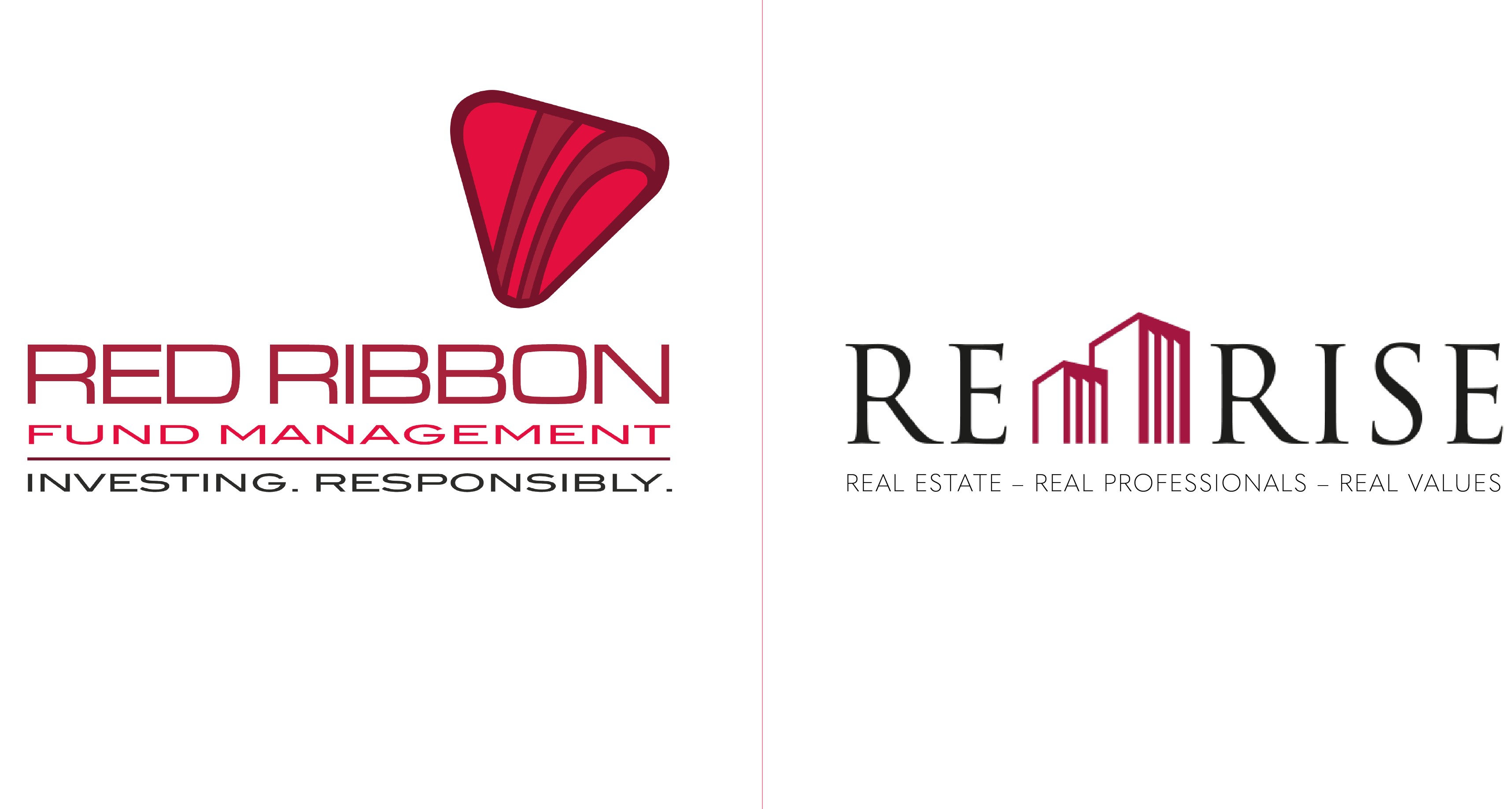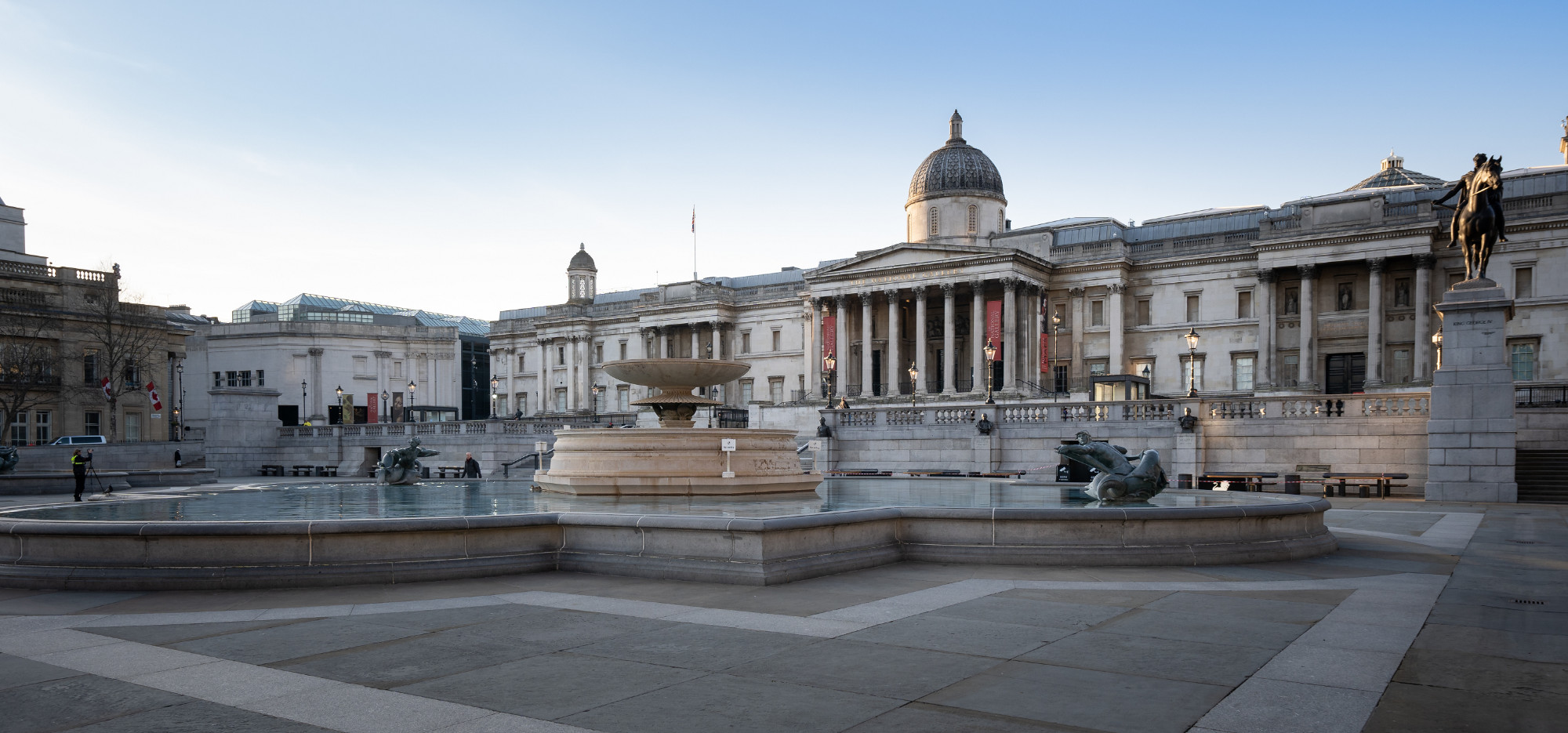Modular construction is the answer to housing needs
Modular construction is an option for building homes that’s been available for over a century. Its popularity has ebbed and flowed with various significant events and global developments. However, one thing that remains clear about the system of preparing a property in a factory and then constructing that same building on site, in a matter of a few days or even just hours, is that it’s one that builders and policy makers return to whenever a new crisis or real need for homes arises.
Modular homes quickly gained in popularity in the US when they were developed and then sold by Sears at the end of the 19th century. That was fuelled by increasing wealth and an abundance of land to live and build on. The Great depression which began in 1929 soon put paid to the growth of buy and build your own home. And by 1932, Sears’ modular construction home sales were down by 40%. That was enough for them to put an end to that particular part of the business.
World War II ends
However, it wasn’t so very long from then, until the end of World War II in 1945 when soldiers and Governments could fully take in the sheer size of decimation across the UK and Europe, following years of fighting, destruction and bombing.
Add to that the returning soldiers needing homes to live in with their families and it was clear new homes needed to be built. Quickly. Pre-fabrication proved popular once again, with several areas in the UK benefitting from this fast and economical construction method.
However, once things began to settle, the workforce was back in balance and skilled builders were willing and able to work and modular construction, fell out of favour once more.
Confluence of developments
Fast forward to 2019 and there are a broad array of developments that have combined to once again push modular construction to the forefront of residential home building, but this time on a global scale:
- The UK’s housing crisis where a lack of building during the credit crisis means there aren’t enough homes for the still growing population – the Government is supporting modular construction options to quickly build suitable housing for Britons across the country.
- Geo-political unrest and refugees moving from place-to-place with nowhere to live – the RICS recently awarded a young home designer its top prize for his low-cost bamboo home that takes just 4 hours to build, to help with the slum crisis in the Philippines.
- Economic prosperity and demand for homes and commercial properties in rural and city regions – India’s economy is among the fastest growing in the world and the changing needs of the country for less rural workers, to more city-based jobs, means more urban homes are required, quickly.
- More and more people have developed an eco-conscience, either through their own nature or the growing number of ecological changes and concerns the global population is faced with – home-buyers and developers around the word are actively seeking green homes that are built with sustainable materials and are also powered that way, too.
Together, these separate crises and changes have led to greater demand for modular homes from a wide variety of consumers and policy makers. Meanwhile, that demand combined with a larger business desire to consider sustainability and green options, has encouraged further investment in the sector, too.
Modulex Construction is the World’s largest and India’s first Steel Modular Building Company, setting out to meet the challenges posed by India’s urban housing shortages in a practical and dynamic manner. The company is at the heart of a project established by Red Ribbon to harness the potential of India’s markets and delivering opportunities for investors. Because, when it comes to investing on the subcontinent, nobody knows India and its markets better than Red Ribbon.
[nectar_btn size="large" open_new_tab="true" button_style="regular" button_color_2="Accent-Color" icon_family="none" url="https://modulexglobal.com/ordinary_shares" text="Invest in Pre-IPO opportunity in Modulex "]
Red Ribbon CEO, Suchit Punnose said:
When we think about how modular construction has time and time again proved the right answer to a crisis, problem or change, it becomes a much simpler decision as to whether or not it’s the right investment choice. Add to that the fast-growing knowledge about the importance of eco options and sustainability and modular construction becomes an even more compelling proposition.
Modular construction is already part of India – and the world’s - property development needs. And that’s something that is only going to increase as it becomes a major element of the construction landscape. Not only due to its speed of delivering the finished, habitable product, but also its cost-effectiveness, green credentials and sustainable factors it brings. That’s why Red Ribbon was committed to Modulex Construction from the very beginning of the project and we remain committed to it today. I’m convinced it is not only a vital element in meeting market challenges but will also deliver on the unprecedented opportunities currently presented by the subcontinent’s burgeoning economy.
Modulex is the answer to many of India’s immediate needs and beyond. By creating sustainable, cost-effective homes and buildings across the country, Modulex is part of a growing industry that will remain relevant and profitable for many, years to come.
[social_buttons full_width_icons="true" facebook="true" twitter="true" google_plus="true" linkedin="true" pinterest="true"]




